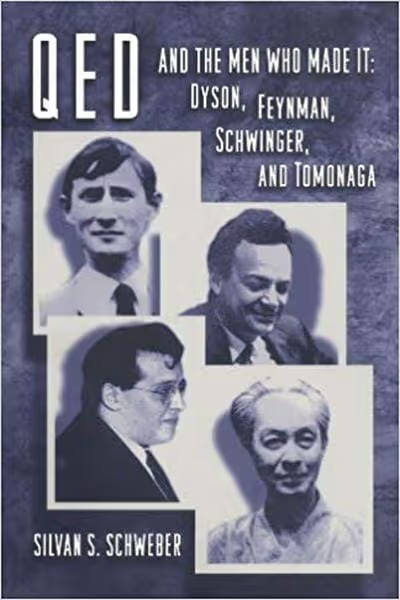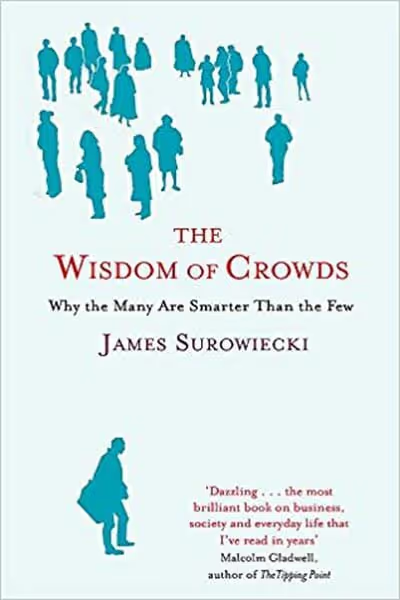QED and the Men Who Made It
Physics was in a crisis in the 1930s. There appeared to be no way to reconcile Einstein's theory of relativity with the new quantum mechanics theory. Several approaches had been attempted, but they had all failed. Four famous scientists rose to the challenge in the post-World War II period, developing a calculable version of quantum electrodynamics (QED), perhaps the most successful theory in physics. Freeman Dyson, Richard Feynman, Julian Schwinger, and Sin-Itiro Tomonaga were the first to formulate QED, and three of them were awarded the Nobel Prize for their efforts. Silvan Schweber, a physicist and historian, narrates the biography of these four physicists in this book, which blends technical debates with engaging human vignettes.
Schweber begins by describing the early work of physicists such as Dirac and Jordan, as well as the assembly of famous theorists at Shelter Island in 1947, which inaugurated the new age of QED. Individual biographies of the four physicists, descriptions of their main achievements, and the tale of the scientific society in which they worked make up the rest of his narrative. Throughout, Schweber draws on his technical knowledge to provide a colourful and accessible explanation of how this theory came to be accepted as the best method to describe the atomic and subatomic realms.
Dirac's equation not only accounted for the spin of the electron and its observed magnetic moment, but also correctly explained the fine structure of the hydrogen atom. If the derivation of the Sommerfeld-like formula for the spectrum of the hydrogen atom was one of the striking successes of the Dirac equation, some of its other features were very troublesome






















































